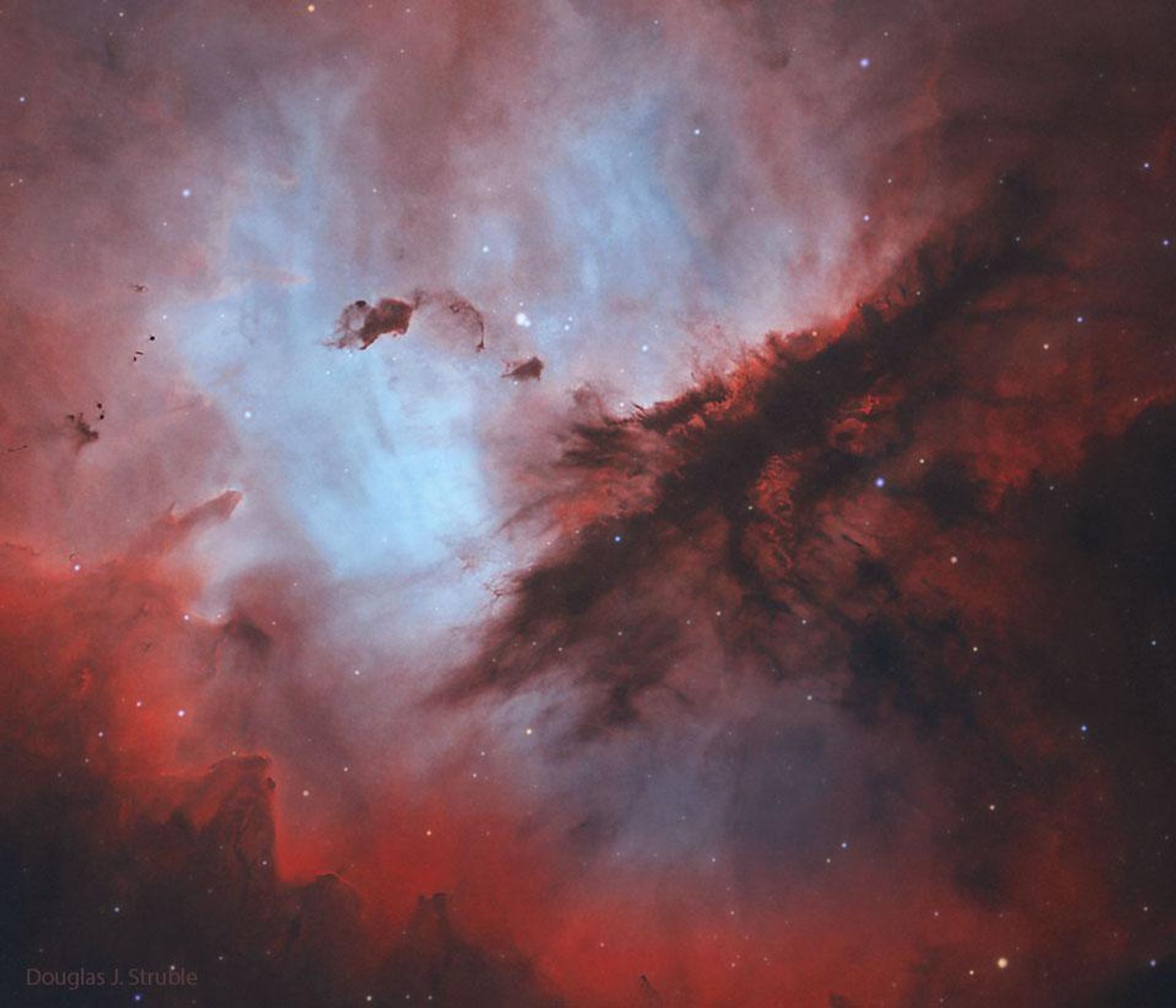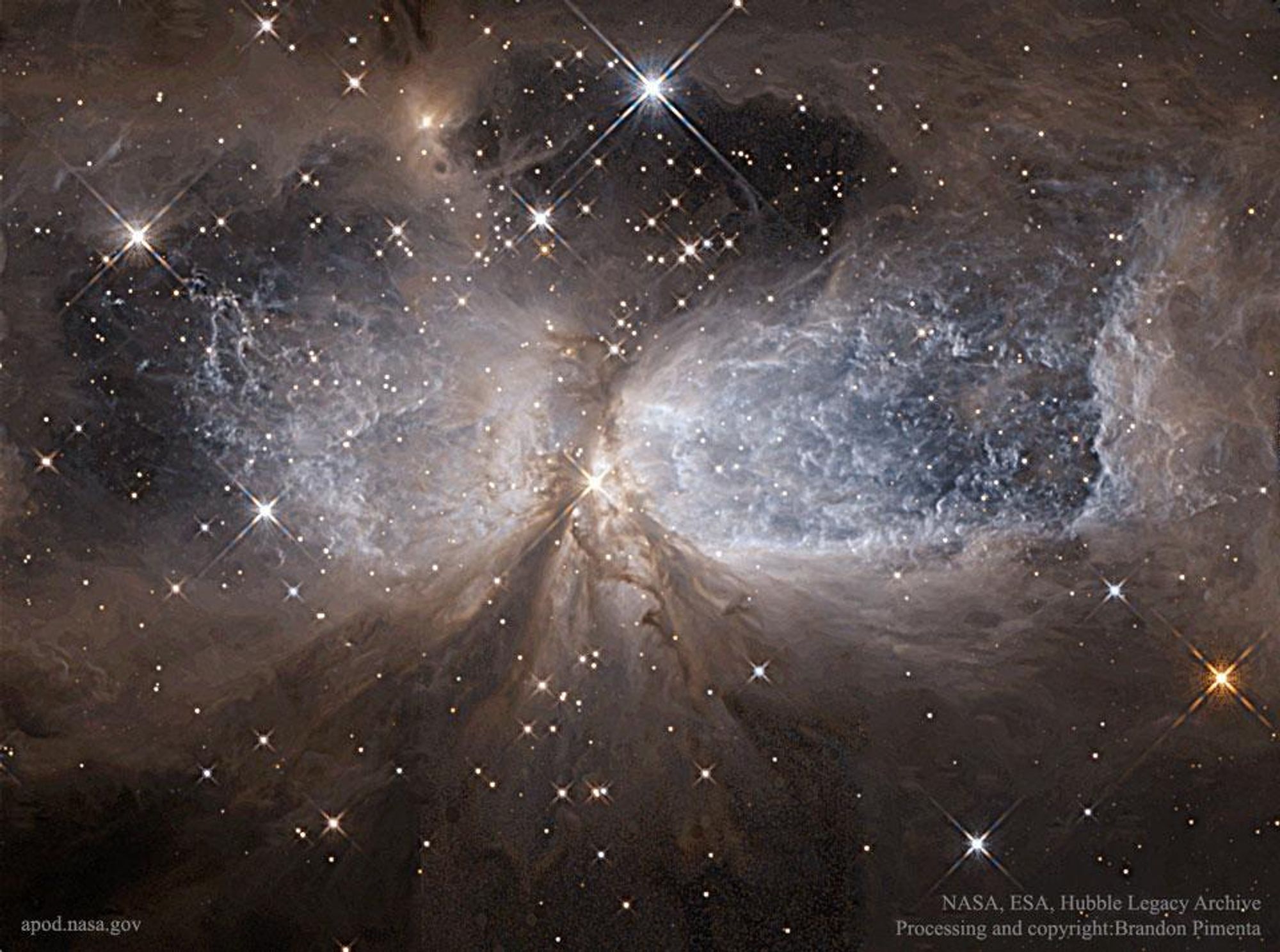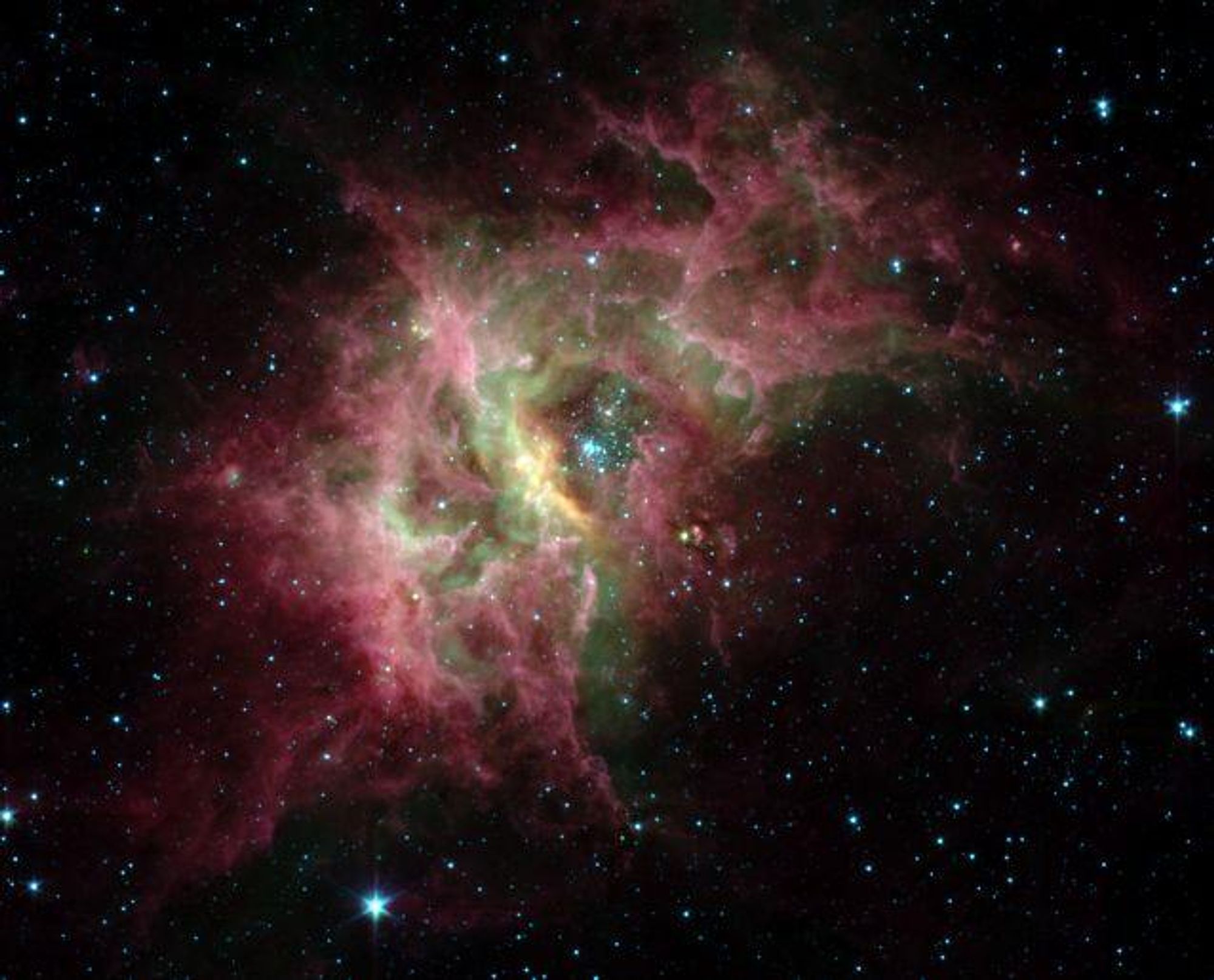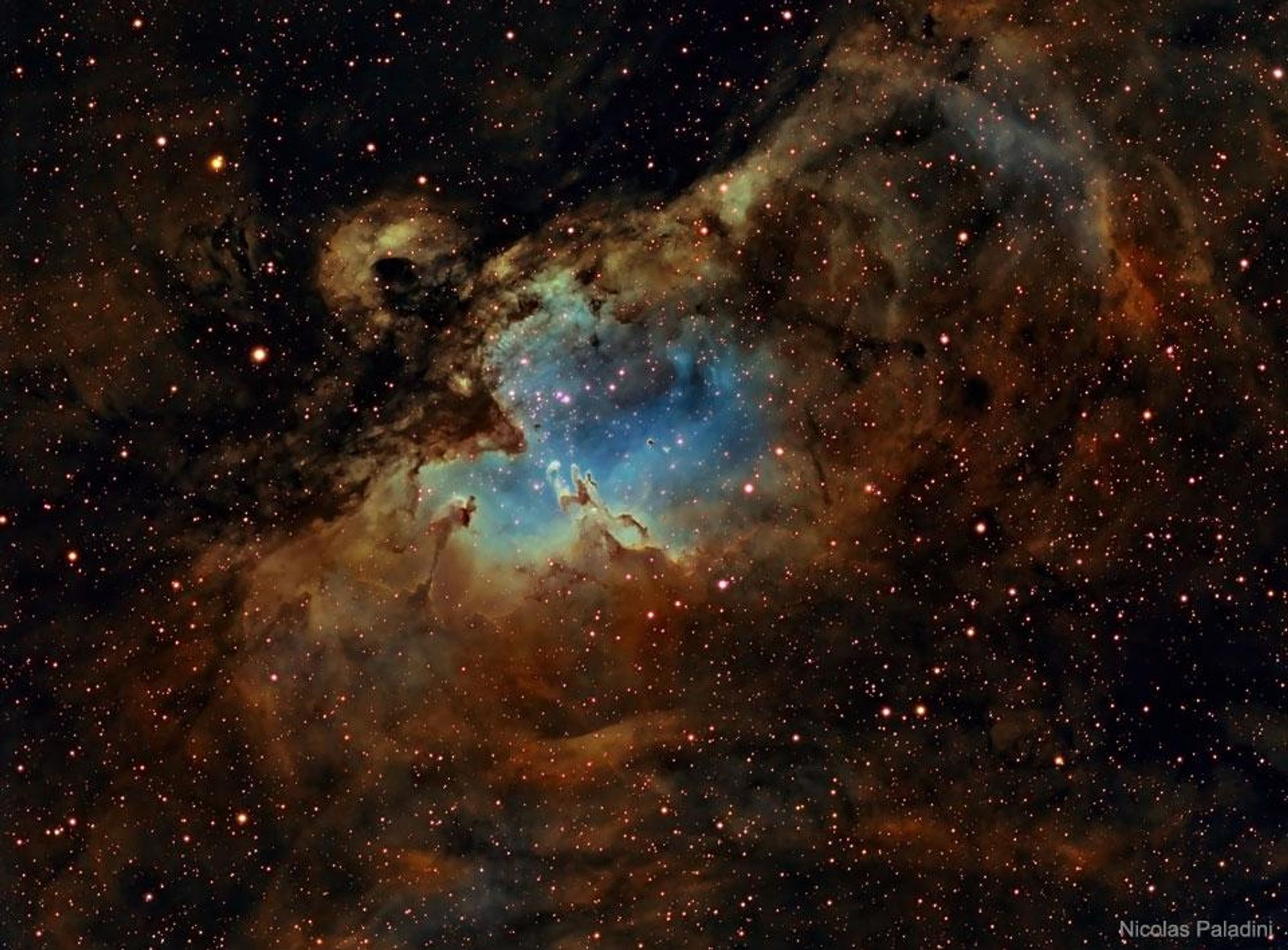Star-Forming Eagle Nebula without Stars Source: https://apod.nasa.gov/apod/ap221004.html #EaglNebua #M16 #StarFomation Nebula#Space #Asronomy #Astrophotgraphy Cosmic #DepSpace #Uiverse #erpens #Starluster #Hdrogen Oxygen #EmissioNebula #PillarsOfCeation #Starbirth
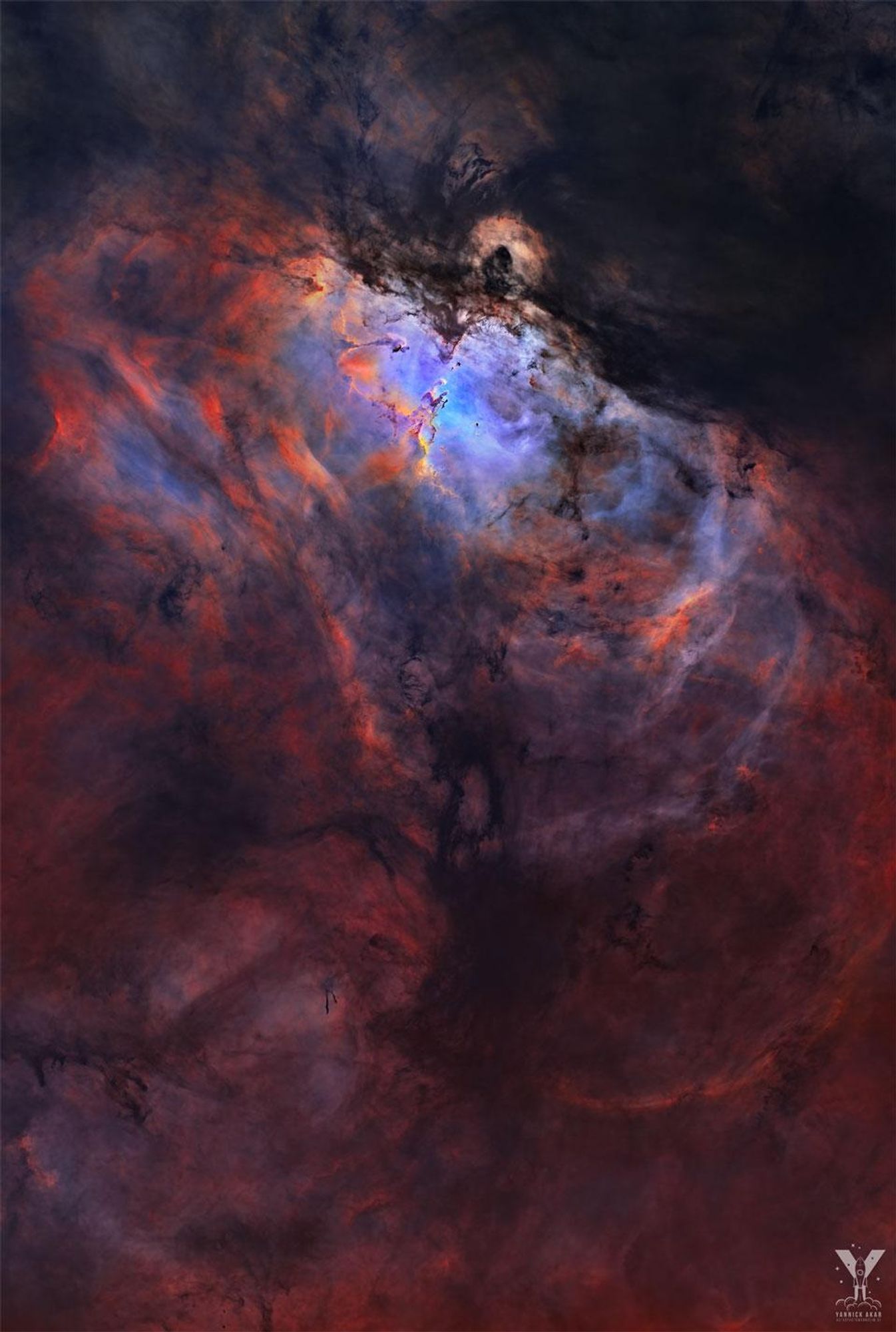
Orion Nebula in Oxygen, Hydrogen, and Sulfur Source: https://apod.nasa.gov/apod/ap201004.html #OrioNebula #Stellarursery #InterstellrCloud #StrBirth #AstroPhotgraphy#Space #Astrophotgraphy #Comology Galaxy #cience Nebula #DepSpace #Universe
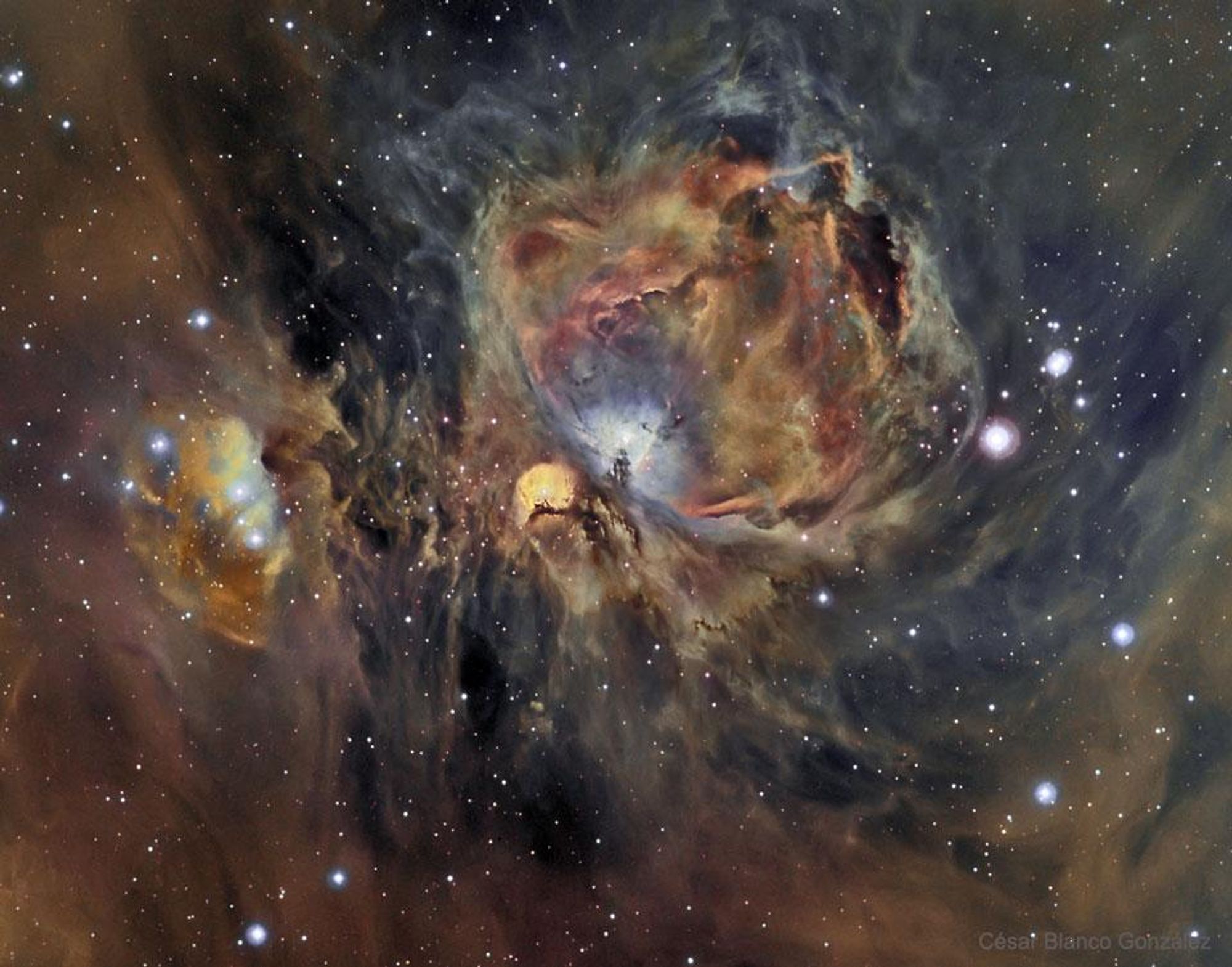
Spitzer's Orion Source: https://apod.nasa.gov/apod/ap100410.html #OrioNebula #SpitzerSpaceTeescope #Stellarursery #StrBirth #InfraredAsronomy #CosmiWonder #SpaceExplration #Astrohysics Galaxy #TrapeziumCluster
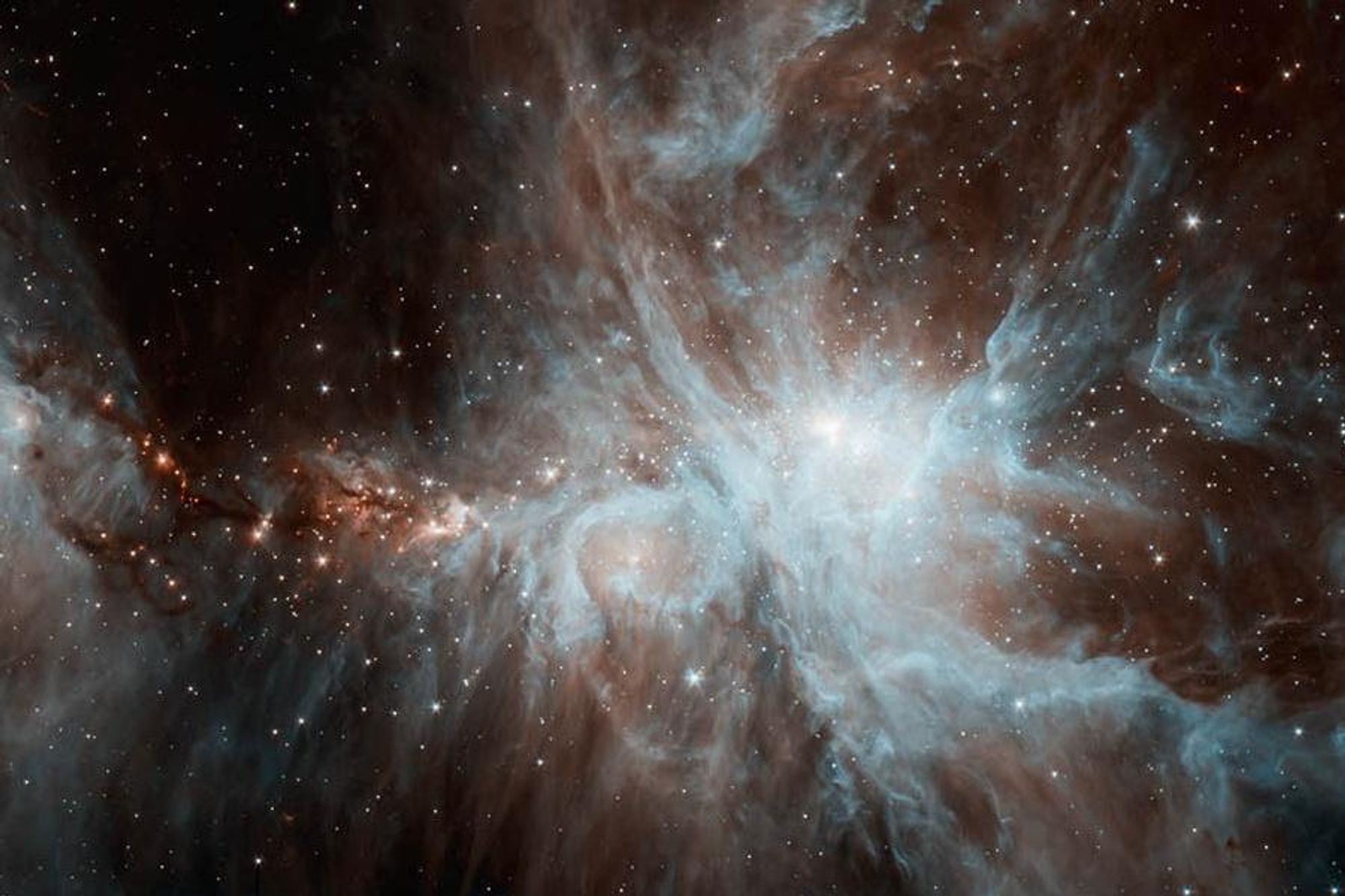
Dust Clouds of the Pacman Nebula Source: https://apod.nasa.gov/apod/ap220810.html #asronomy#space nebula#stars #strbirth #glactic #comicart #pacmannebula ngc281 ic1590 #boklobule #casiopeia #eepsky #astrophotgraphy #spaceexploration
